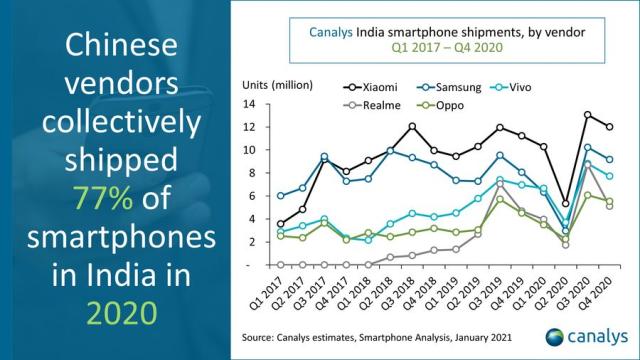Vivo, a leading smartphone brand from China, is planning to open nearly 100 exclusive retail stores across India this year.
 Currently, the smartphone maker has 550 retail stores across the country. Vivo aims to cross the 650-mark in terms of the number of retail stores in India by the end of this year, according to Nipun Marya, director Brand Strategy, Vivo India.
Currently, the smartphone maker has 550 retail stores across the country. Vivo aims to cross the 650-mark in terms of the number of retail stores in India by the end of this year, according to Nipun Marya, director Brand Strategy, Vivo India.
Vivo is the leader in the offline market in terms of market share. This has been quite encouraging for us. “We have become number one because we have made the right investment at right places,” Marya told IANS.
Vivo has remained in third place in India, shipping 7.7 million smartphones into the country, says Canalys report. “Smartphone vendors saw sustainable momentum towards recovery in India,” said Canalys Research Director Rushabh Doshi.
Vivo entered the premium smartphone segment last year with the X-series in India that was manufactured at the company’s Greater Noida facility near Delhi.

The company is set to launch new products like X60 series this month in the country, and five-six more smartphones in the premium segment soon.
Vivo is expected to bring its X60 series with a Snapdragon 870 chipset on March 22.
“Apart from new products, we are focusing on marketing investment. We are back as title sponsor of the Indian Premier League (IPL),” he noted.
India is seeing more opportunities than challenges in 2021, Rushabh Doshi said. Several sectors in India, including telecom, consumer technology, pharmacy, biotechnology, information technology and manufacturing, have emerged stronger post-pandemic, boosting the long-term growth outlook for the country.
In India, the smartphone market finished 2020 with nearly 145 million units, a decline of 2 percent year-on-year from 148 million units in 2019. It marks the second largest smartphone market’s first full year decline in history. Smartphone shipments in India in Q4 were 43.9 million units, a healthy growth of 13 percent over Q4 2019.





